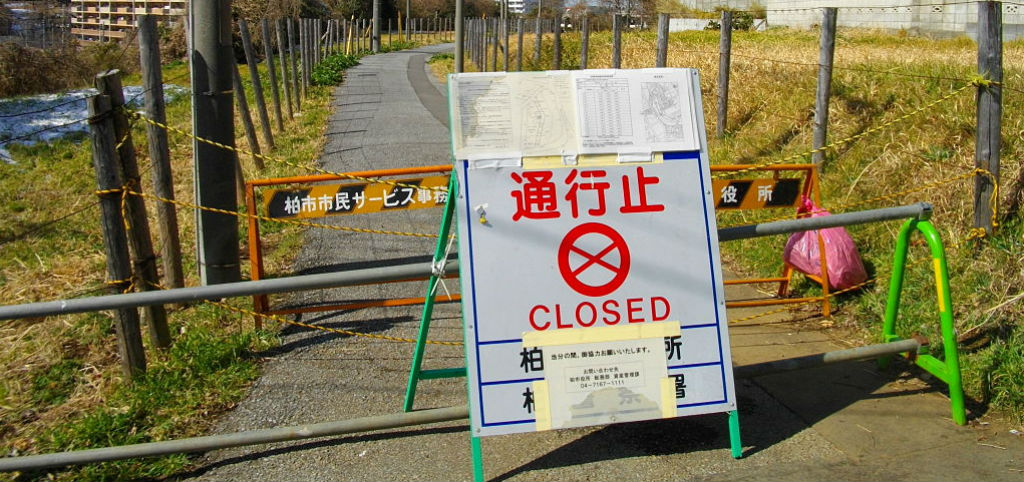Researchers from 11 Countries Agree on New Recommendations to Deal with Possible Nuclear Accidents
The document represents a roadmap to avoid repeating mistakes made in Chernobyl and Fukushima
24.07.2017
In the unlikely but not impossible case of a future nuclear accident, what should be done – or not - to improve the health surveillance and living conditions of affected populations without generating collateral damage or unnecessary anxiety? This is what the EC-funded project SHAMISEN, coordinated by ISGlobal, has tried to address over the last 18 months with an analysis of lessons learned from Chernobyl and Fukushima. The result is a document with 28 recommendations to improve the preparedness and response to a radiation accident. “The document is a roadmap addressed to professionals and national and regional authorities to avoid repeating past mistakes” says Elisabeth Cardis, project coordinator and head of the Radiation Programme at ISGlobal (Barcelona Institute for Global Health).
Participants from 19 European and Japanese institutions made a critical review of the response to previous accidents, particularly Chernobyl and Fukushima. One of the main lessons drawn is that the impact of a nuclear accident goes well beyond direct radiation effects and includes considerable psychological, social and economic consequences. Another major lesson is that some decisions taken to protect the populations can in fact cause collateral damage. For example in Fukushima, no death related to radiation exposure was reported but the evacuation caused more than 600 premature deaths, particularly among the elderly and the critically ill patients who were evacuated under inadequate conditions. Moreover, systematic thyroid screening in children generated unnecessary anxiety among parents and in some cases led to unnecessary surgeries.
On the basis of these and other lessons, and after a consultation process with national and international stakeholders, SHAMISEN developed 28 recommendations to improve the preparedness (before) and the early, intermediate and late recovery response (during and after) of a radiation accident. Each recommendation includes a ‘why’ (based on lessons learned) a ‘how’, and a ‘who’ (those responsible of implementing the recommendation).
The document highlights the importance of planning the response “in times of peace” and includes recommendations to improve training of professionals, establish disease registries to know whether these diseases increase after the accident, and establish evacuation protocols and routes if necessary. Recommendations ‘during’ the response include providing timely and reliable information on the accident situation and associated risks, and ensuring collection of radiation dose data. For the ‘after’, the main recommendations include establishing a dialogue between experts and affected communities with the help of local facilitators, and providing support to populations that wish to make their own dose measurements so they can take informed decisions (e.g. what food they eat or if and when they return to their homes). Recommendations also include providing health screening of populations on a voluntary basis and with adequate counselling to avoid unnecessary anxiety, and launching long-term public health studies only when informative and sustainable over time. All recommendations were developed taking into consideration the cross-cutting issue of ethics and the involvement of local stakeholders, including the population.
The SHAMISEN consortium will now make sure that these recommendations reach all relevant stakeholders (including local and national authorities and European and International organisations) so that they may guide policies aimed at improving the health and living conditions of populations affected by radiation accidents.
Infographic resuming the recommendations:
How to improve health and living conditions of populations in case of a nuclear accident



